Over the last eight months since the onset of the COVID-19 pandemic, telehealth has become an essential and increasingly popular modality for accessing health care. However, for too many children and families, telehealth remains out-of-reach.
In a recent poll conducted by The Children’s Partnership (TCP), Ed Trust West, and other partners, 94% of parents with young children responded that it would be helpful to have access to their child’s doctor via telehealth, only 18% currently could do so.
This gap in access was also echoed in our recent “Let’s Talk: Using Telehealth Amid COVID-19” webinar, in which we were joined by Dr. Ilan Shapiro of AltaMed Clinic and Crystal Avila of Vista Community Clinic to discuss telehealth with community members. Of the community members who joined us, 78% wanted to have an appointment with their child’s doctor and 93% wanted to have the option of a telehealth appointment whenever possible in the future, but only 46% had utilized telehealth this year. Respondents noted that the two primary barriers they faced in using telehealth are a lack of internet, and not knowing that telehealth is an option for them. In order to help bridge these gaps, TCP created this Telehealth and Kids fact sheet in partnership with the California Telehealth Policy Coalition.
For the past two decades, TCP has championed innovative models of care that use telehealth to address the barriers faced by low-income children and children of color in accessing needed health care. For example, the Virtual Dental Home model uses telehealth innovative to bring oral health care to children where they are: at schools, early childhood learning centers, and other community sites. However, state restrictions on community health centers regarding their ability to “establish patients” using this form of telehealth threatens the sustainability and adoption of the Virtual Dental Home in California.
Without necessary policy change to ensure community health centers can continue to provide access to communities using telehealth, models such as the Virtual Dental Home–as well as other forms of care delivered via telehealth–are not able to recognize their full potential. Because of this, we co-sponsored Assembly Bill 2164 (Rivas) this year (originally introduced as AB 2007 (Salas)), to support community health centers in bringing care via telehealth to community locations. While this provision is temporarily allowed under the Public Health Emergency, this bill would have ensured the flexibility extended beyond the declared state of emergency–as we know the barriers faced by children and families in accessing health care will not end with the end of the state of emergency. While AB 2164 was vetoed by Governor Gavin Newsom in September, we remain committed to championing equitable telehealth expansion and adoption across California.
As we continue to address the disproportionate impact that COVID-19 is having on communities of color, we must ensure that our state advances policy solutions that connect all children and families–regardless of their income level, race, or zip code–with safe and high-quality health care.
